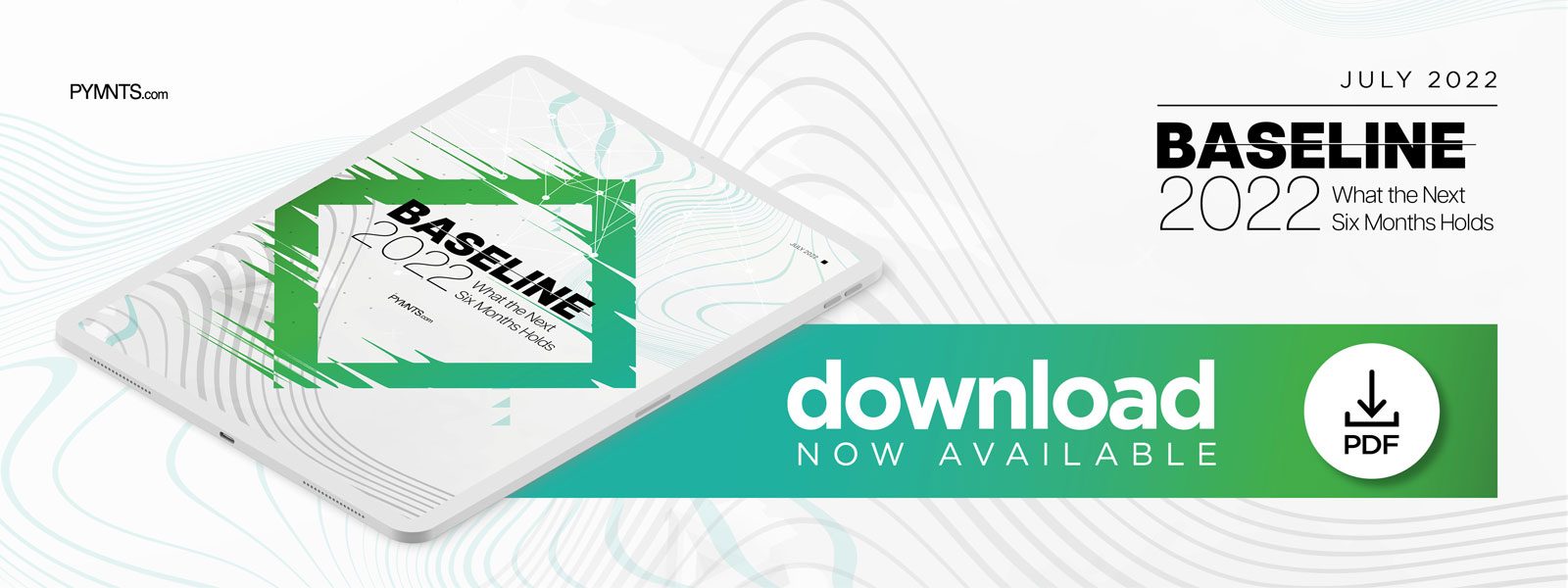Vindicia in the News
Payments execs say Q2 challenges strengthen digital resolve
Jun 30, 2022 | By PYMNTS.com
While the second quarter may not have been thepost-pandemic party we’d hoped for, even a mix oframpant inflation, rising interest rates, supply chainconstraints and a war in Ukraine weren’t enough toderail the progress of sweeping digital lifestyle changes. We spokewith 32 payments industry experts for our Q2 eBook to hear how they handled themacro challenges and still kept business moving.
Just as the clouds were supposed to part and the pandemic declared over, the second quarter of 2022 exploded like a thunderclap, making “uncertainty” the most used word in business. To make sense of what just happened and what’s coming next, PYMNTS assembled the insights of 32 industry leaders about the possibility of a recession in the second half. While many agree it’s more than likely, getting through the COVID-19 crisis has instilled a new confidence.
Yes, “inflation” replaced “infection” as the watchword in Q2 as an 8.5% increase in March’s Consumer Price Index — the biggest 12-month rise since December 1981 — sent shockwaves through an already traumatized base of consumers and businesses. Robbed of the outright recovery everyone was hoping for, we watched as super-hot cryptocurrency collapsed, talk of “the great unsubscribe” came to the kinetic subscription economy — including streaming entertainment — and gas prices more than doubled.
Despite this, and perhaps accelerated because of it, businesses across the payments spectrum stuck to the modernization and digital transformation plans most had underway already. Data is staying in its starring role in the connected economy as financial institutions, corporations and small- to medium-sized businesses (SMBs) take lessons from pandemic lockdowns and apply them to financially-strapped consumers whose credit cards are no longer paid down, and absent stimulus money.
Rather than retreat, more merchants and their tech partners doubled down on embedded payments, particularly in social media, to reach consumers where they like to hang out with ever more personalized offers — and new ways of paying for them. Buy now, pay later (BNPL) cooled off as consumers, regulators and companies feared a wave of BNPL defaults and the novelty wearing off. Even so, more brands piled into the space, especially on the B2B side, which some see as a better use of installment credit.
Having a moment to breathe after two years of a global pandemic, healthcare saw many innovators and disruptors finding new ways to lower prescription drug costs and finance tools for expensive procedures only partially (if at all) covered by insurance. Telehealth is a big part of that, and the emerging field of digital therapeutics enables physicians and other practitioners to deliver digital treatments, even inside popular gaming platforms.
Smaller companies continue to occupy the minds of business lenders who are exceedingly cautious yet see major opportunities in the base of newly-digitized SMBs. Meanwhile, real-time payments got even more real in the second quarter as FinTechs pushed out their real-time solutions ahead of the 2023 launch of FedNow in the U.S. and the Real-Time Payments Rail (RTR) in Canada. We saw more banks and FinTechs move from foes to friends as the two groups realize they’re effectively on the same side — and as neobanks and nonbanks encroach and gain ground.
Market watchers are waiting for the end of summer for the haze to clear on everything from crypto valuations to subscriptions and remaining vigilant in the face of what may well be a real recession descending. From the rise of super-apps to SMBs moving into cross-border commerce to controlling the fraud — friendly or fearsome — that continues to shadow online selling, to new adventures in loyalty from the restaurant sector and payments orchestration getting more transactions completed, Q2 showed rays of hope even amid the gathering gloom — as these 32 individual outlooks show.
